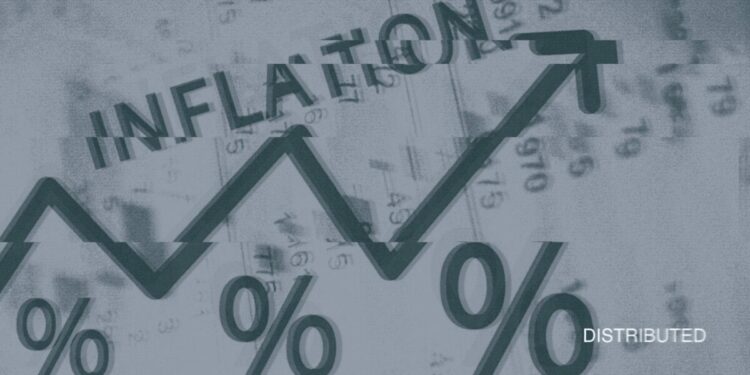In a twist that’s caught many off guard, the world’s major central banks are tapping the brakes on what was widely anticipated to be a year of significant monetary easing. The optimism that permeated financial markets at the close of 2023, with visions of lower borrowing costs dancing in investors’ heads, has largely evaporated in the face of stubborn inflation and resilient economic growth.
As reported by Reuters, this shift in sentiment marks a stark departure from the “start your engines” mentality that prevailed just six months ago. Now, central bankers from Washington to Frankfurt are adopting a more cautious “hold your horses” approach.
The story began with high hopes. Federal Reserve Chair Jerome Powell hinted last December that rate cuts were “a topic of discussion,” setting the stage for what many believed would be a synchronized global move towards cheaper credit. Fast forward to today, and that eagerly awaited shift has largely fizzled out.
Steps By The European Central Bank And Bank of Canada
While some modest steps have been taken—the European Central Bank and Bank of Canada have dipped their toes in with initial cuts this month—these moves seem more like fulfilling old promises than charting a bold new course. The mood in central banking circles has cooled considerably as policymakers grapple with inflation that’s proving more persistent than expected.
See Related: Canada Forces CryptoCom To Delist USDT; Saying It Constitutes ‘Securities And Or Derivatives’
In the U.S., the Fed’s latest projections show a dramatic scaling back of rate cut expectations. Where three cuts were once on the table for 2024, now only a single quarter-point reduction is anticipated. Powell, speaking at a recent press conference, emphasized the significance of getting the timing right. “When we do start to loosen policy, that will show up in significant loosening in financial market conditions,” he stated. “You want to get it right.”
Across the pond, the Bank of England is holding steady, with most economists eyeing August for a potential first move. This patience comes despite headline inflation tumbling close to the 2% target, as services inflation and wage growth remain elevated.
Economic Data And Political Uncertainty.
Meanwhile, the European Central Bank, true to its earlier warnings of “bumps in the road,” is navigating not just economic data but political uncertainty. The prospect of a snap election in France has added another layer of complexity to their decision-making.
Looking ahead, central banks face a delicate balancing act. On one hand, they’re wary of declaring premature victory over inflation. On the other, concerns are growing that prolonged restrictive policy could push unemployment higher and strain an already fragile recovery.
As Nick Bunker of the Indeed Hiring Lab cautioned, “The labor market has seemed invincible for much of the past two years, but its armor can’t last forever.”
While the immediate future may not bring the interest rate relief many had hoped for, the longer-term outlook remains focused on a gradual return to more accommodative monetary policy. Central banks are playing a careful game of chess with inflation, making measured moves to avoid any missteps that could derail progress.
The key for investors and borrowers alike will be patience and adaptability. As this year has already shown, the path to lower rates is rarely a straight line. Those who can navigate the twists and turns stand to benefit most when the tide eventually turns.



